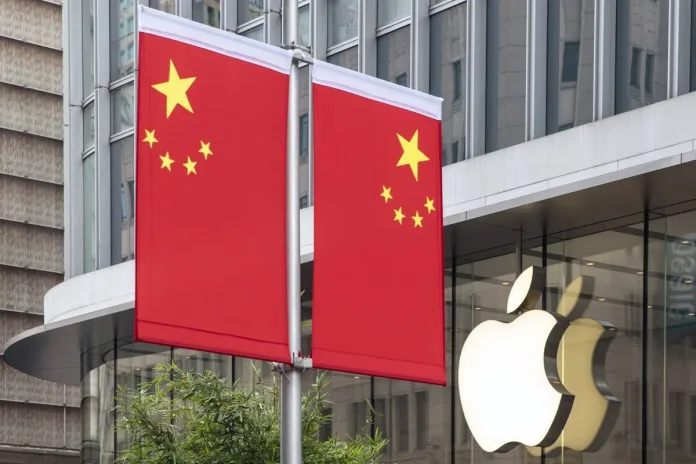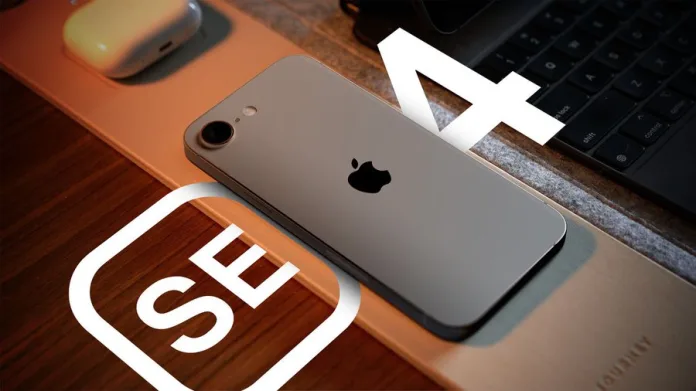In Q3, smartphone shipments in Southeast Asia experienced a 2% year-on-year decline but showed a positive 3% growth quarter-on-quarter, indicating a rebound in demand for smartphones. Counterpoint Research highlights that Tecno, Infinix, and Apple emerged as the fastest-growing brands in the region during this period.

Apple, Tecno, and Infinix Growth in SEA
Despite the overall market dip, Samsung maintained its leadership position with a 21% market share, closely followed by Xiaomi at 17% and OPPO at 15%. Notably, 5G smartphones constituted 36% of total shipments in the region.
Apple defied the downward trend with a remarkable 19% year-on-year increase in shipments during the quarter. The sustained demand for the iPhone 13 and 14 series, coupled with the introduction of the newly launched 15 series, contributed to Apple’s robust performance, according to the report.

Southeast Asia continues to be a crucial market in the tech ecosystem due to its under-penetration in various sectors such as online banking, e-wallet usage, online shopping, and overall internet usage, according to Counterpoint Research.
Indonesia and Thailand witnessed relatively flat growth in smartphone shipments, while other significant Southeast Asian countries like the Philippines, Malaysia, and Vietnam experienced year-on-year declines.

Xiaomi’s shipments, on the other hand, saw a 7% increase, with its Redmi 12 series performing well across key Southeast Asian countries. Transsion, the parent company of Tecno, Infinix, and Itel, achieved the highest growth during the quarter. Infinix recorded a remarkable 42% year-on-year growth, Tecno surged by 148%, and Itel witnessed a solid 17% growth. The success of Infinix and Tecno can be attributed to their offering of strong base specifications and a diverse model portfolio.
Senior analyst Glen Cardoza highlighted that Samsung and Xiaomi outperformed in marketing their models across all key Southeast Asian countries, consistently introducing new launches across various price ranges. In contrast, brands like OPPO and Vivo faced limitations in options and market reach during the same period.






